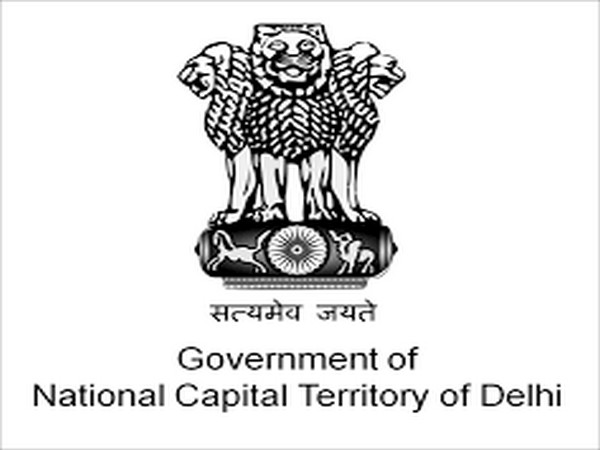Non-Conforming Industrial Area Redevelopment Project
The Delhi government has set an ambitious target of creating 6,00,000 job opportunities through the redevelopment of non-conforming industrial areas.
Creating Job Opportunities and Recognized Industrial Areas
With the aim of generating substantial employment opportunities, the Kejriwal government is committed to transforming all 26 non-conforming industrial areas into recognized conforming industrial areas. By doing so, the government seeks to provide a conducive environment for businesses and workers to thrive.
The Role of Delhi Development Authority
The responsibility of demarcating land use for residential, commercial, and industrial purposes lies with the Delhi Development Authority (DDA). However, due to the rapid expansion of activities, the DDA struggled to keep pace with development, leading to the emergence of unauthorized colonies and non-conforming industrial areas. The redevelopment plan aims to rectify this situation.
Addressing Challenges and Ensuring Safety
Non-conforming industrial areas face numerous challenges, including inadequate facilities such as water, electricity, waste treatment, and fire safety. These shortcomings have resulted in accidents and corrupt activities. By converting these areas into conforming industrial zones, the government aims to eliminate security concerns and provide a safe and upgraded environment for workers and entrepreneurs.
Cost-Sharing Mechanism
To facilitate the redevelopment process, the Delhi government has taken the significant step of bearing 90% of the total cost to prepare the layout plan for the industrial areas. The remaining 10% will be contributed by the industries, ensuring their active participation and commitment to the project’s success.
Phases of Redevelopment
The redevelopment of non-conforming industrial areas will take place in three phases. Firstly, a layout plan will be prepared in accordance with the requirements of the Master Plan Delhi 2041. This plan will be formulated in collaboration with local industry associations or societies. The second phase focuses on enhancing basic infrastructure, including sewage and waste treatment plants, water supply, and road improvements. Finally, common facility centers catering to various industrial needs will be constructed.
Targeted Areas for Redevelopment
The non-conforming industrial areas that will undergo redevelopment include Anand Parvat, Shahdara, Samaypur Badli, Jawahar Nagar, Sultanpur Majra, and many others. These areas are vital economic hubs, providing livelihoods to thousands of people and contributing significantly to Delhi’s GDP.
Benefits for Industrial Units
The transformation of non-conforming areas into conforming industrial zones will enable industrial units to access loans more easily and expand their market reach globally. Moreover, improved infrastructure and upgraded facilities will create a conducive business environment, promoting growth and prosperity for industrial enterprises.
Month: Current Affairs - June, 2023
Category: India Nation & States Current Affairs








